3 Cayenne Powder Alternatives for Heat and Flavor
Substitutes for cayenne powder offer flavorful alternatives when your spice rack lacks this fiery staple.
Recipe panic can strike upon realizing cayenne supply has run empty mid-preparation.
The good news? Several readily available spices can step in with similar heat profiles and complementary flavors.
From mild options that add gentle warmth to potent alternatives that bring serious intensity, these substitutes adapt well to various cuisines.
No meal needs to suffer from bland disappointment just because one particular spice is missing.
The right replacement can sometimes introduce delightful new dimensions to familiar dishes while maintaining the essential character of your recipe.
Read on to find perfect cayenne alternatives that might soon become permanent additions to your culinary arsenal.
Why Substitute Cayenne Powder?
Cayenne powder adds heat and depth to many dishes, but there are plenty of reasons someone might choose to use a substitute instead, whether for flavor, spice level, or dietary needs:
Spicy Substitutes for Cayenne Pepper
Cayenne pepper not in the spice drawer can be replaced with another fiery option. Stir it in, and the rest of the recipe keeps its spark from start to finish.
Paprika
Paprika stands out as the best cayenne pepper substitute with its matching red color and texture, though it offers a milder heat since it comes from sweet red chilies like bell peppers.
Regular paprika provides a gentler kick with fruity sweetness, while hot paprika delivers spiciness closer to cayenne's intensity.
Many cooks appreciate paprika's versatility in dishes where cayenne might overwhelm sensitive taste buds or children's meals.
Beyond flavor, this spice packs impressive antioxidant and anti-inflammatory benefits that support overall health.
For perfect substitution results, simply use two teaspoons of paprika for each teaspoon of cayenne pepper called for in your recipe.
Chipotle Powder
Chipotle powder offers a wonderful smoky heat that closely resembles cayenne pepper, making it an excellent substitute in many recipes.
This flavorful spice comes in various intensities at most grocery stores, allowing you to choose exactly how much kick you want in your dish.
Mexican cuisine particularly embraces chipotle for its distinctive depth that adds character to everything from salsas to marinades.
Swapping it for cayenne works perfectly with a simple 1:1 ratio, so there's no complicated measuring needed.
Home cooks appreciate how chipotle's subtle earthiness brings an extra dimension that regular cayenne sometimes lacks.
Chile Powder
Substituting chili powders for cayenne pepper in recipes is a simple 1:1 swap that maintains the heat your dishes need.
Many grocery stores stock various options including pasilla and Chiles de Arbol powders, making them convenient alternatives when cayenne isn't available.
Before adding these substitutes to your cooking, it's smart to check labels since some blends contain additional spices that might alter your dish's intended flavor profile.
Pure chili powders work best when you want to preserve the original taste while still getting that spicy kick.
Regular chili powder can serve as a milder option if you prefer less heat in your meals.
How to Balance Heat When Using Cayenne Powder Substitutes
When using substitutes for cayenne powder, it’s important to balance the heat so your dish still has the right level of warmth without becoming too bland or too spicy. A few simple adjustments can help you keep the flavor just right:
Cayenne Powder Alternatives: Your Spicy Questions Solved
1. Can I use fresh cayenne peppers instead of cayenne powder?
Yes, fresh cayenne peppers can be finely chopped or ground, but they may add moisture to recipes, so adjust liquids accordingly.
2. What’s the best substitute for cayenne powder in marinades?
Hot sauce or chipotle powder provides excellent heat and flavor in marinades, closely matching cayenne powder.
3. Are cayenne powder substitutes gluten-free?
Yes, spices like red pepper flakes, paprika, and chili powders are naturally gluten-free, just check labels for added ingredients.
4. Can I use black pepper as a cayenne powder substitute?
Black pepper has a different flavor and lower heat level, but can be used for mild warmth if intense heat isn't needed.
5. Will substitutes affect the color of my dish?
Red pepper flakes or hot paprika will maintain a similar color, while chili powder or chipotle powder may darken your dish slightly.

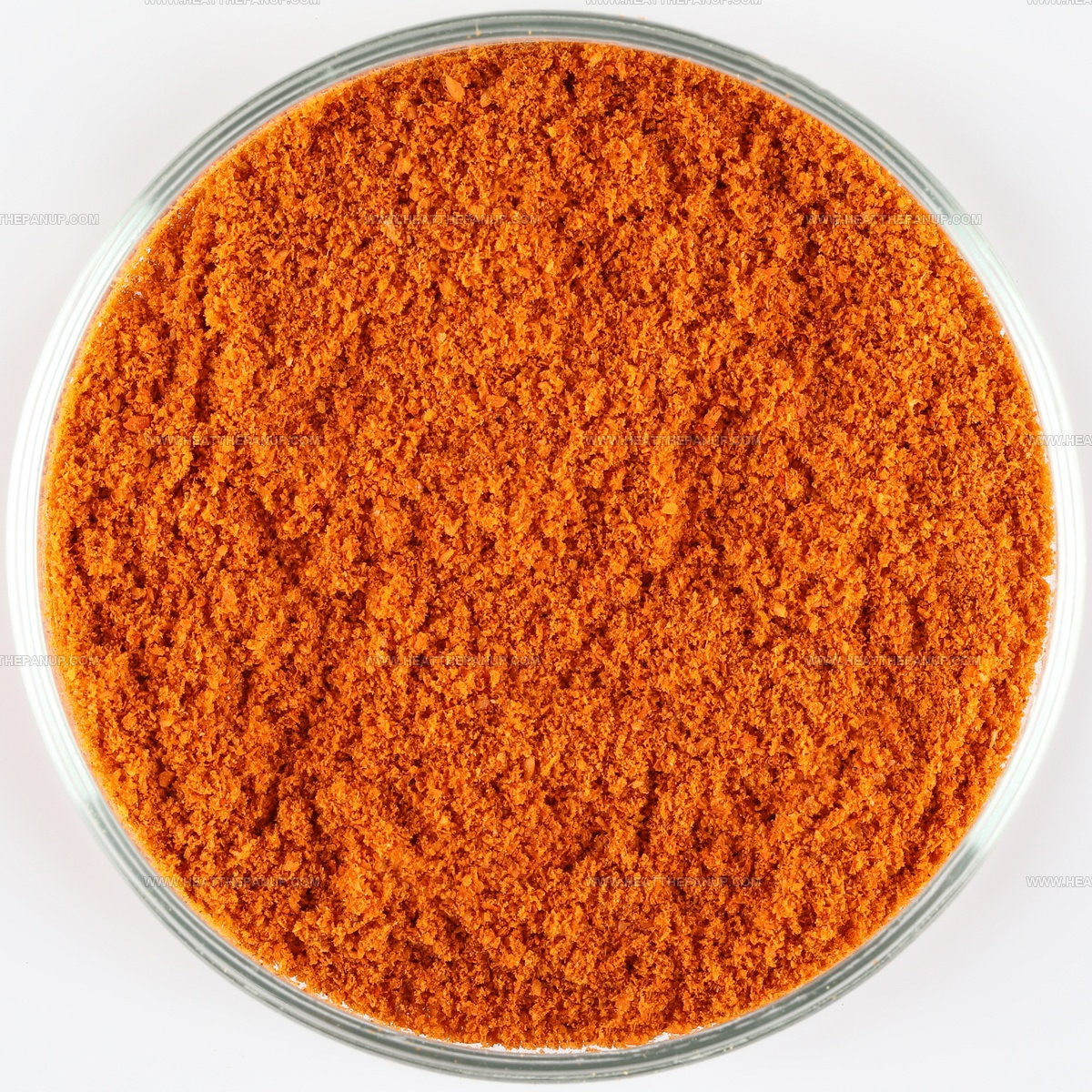
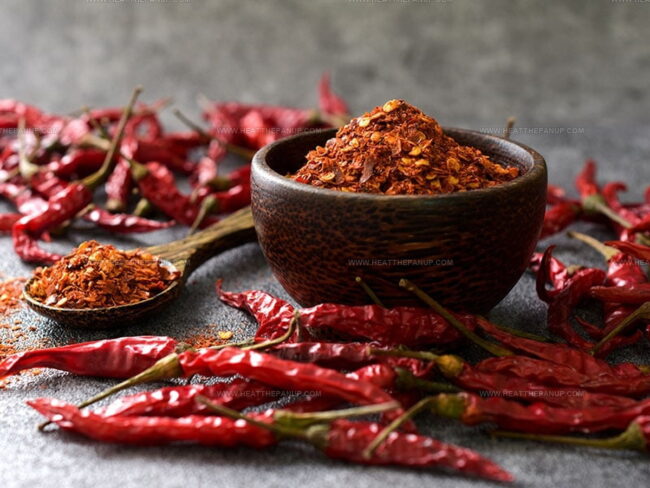
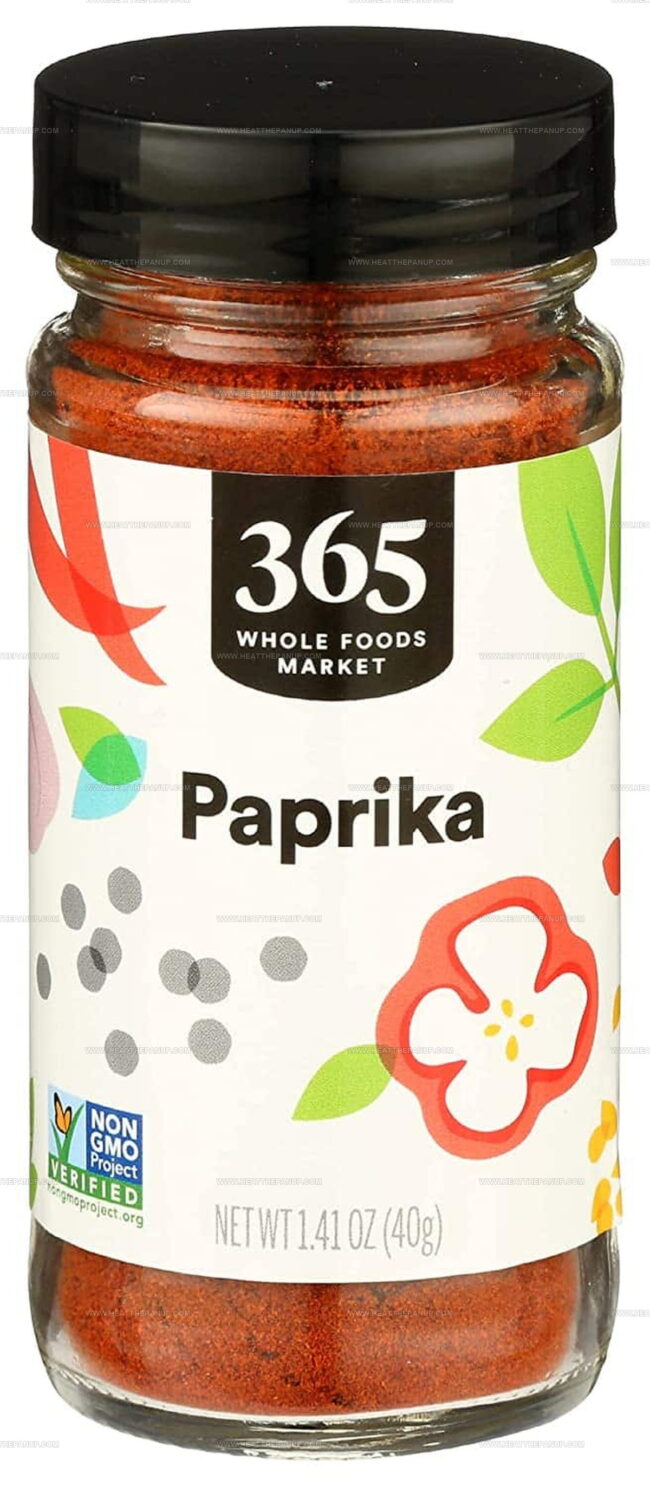
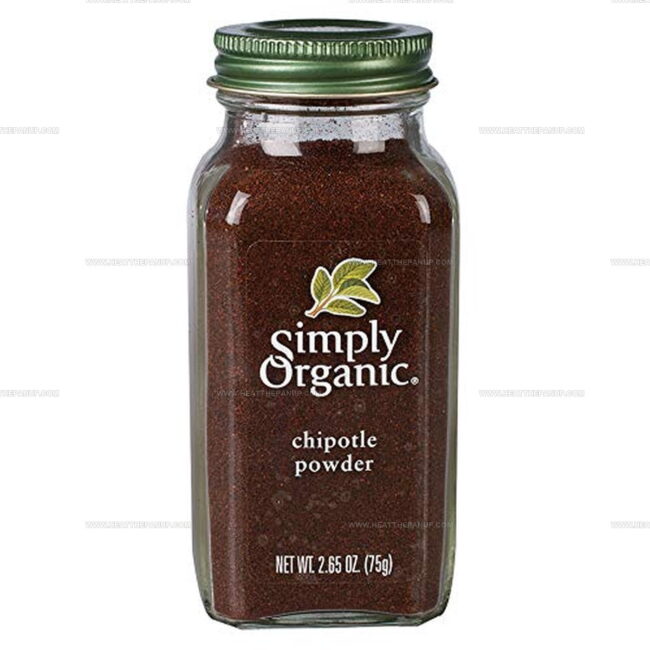
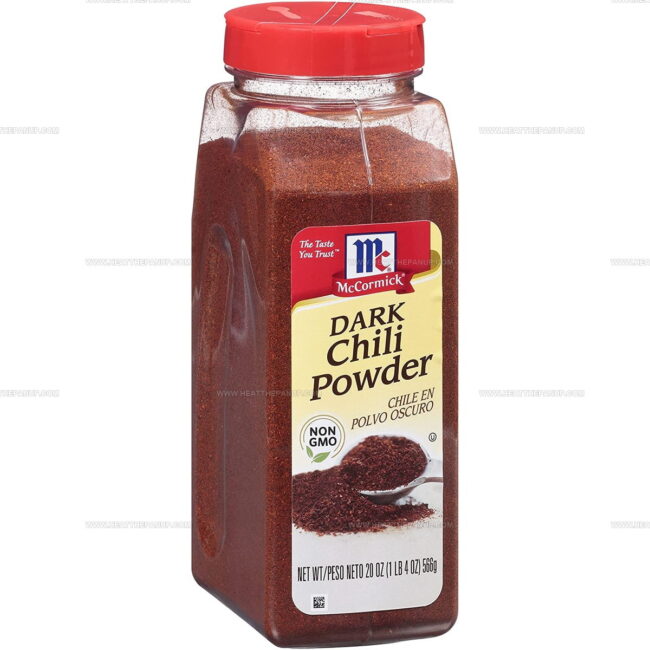
Angelina Wiles
Content Editor & Culinary Enthusiast
Expertise
Food Writing and Editing, Vegetarian and Vegan Cuisine, Baking and Pastry Arts, Sustainable Cooking Practices
Education
Portland Community College
Certificate in Culinary Arts
Focus: Emphasis on sustainable cooking practices, vegetarian cuisine, and food writing.
Oregon Culinary Institute
Diploma in Baking and Pastry Arts
Focus: Specialized training in artisanal baking, pastry techniques, and dessert presentation.
Angelina’s love for cooking started with handwritten family recipes and weekend trips to farmers’ markets around Portland. She followed her passion with a Certificate in Culinary Arts from Portland Community College, then perfected her sweet side with a Diploma in Baking and Pastry Arts at Oregon Culinary Institute.
Angelina believes recipes should feel like a conversation, not a science project. She’s all about helping readers trust themselves in the kitchen with simple steps, fresh ideas, and easy twists on classic meals.
When she’s not editing recipes, she’s baking bread, sipping coffee, or getting inspired by the changing seasons.